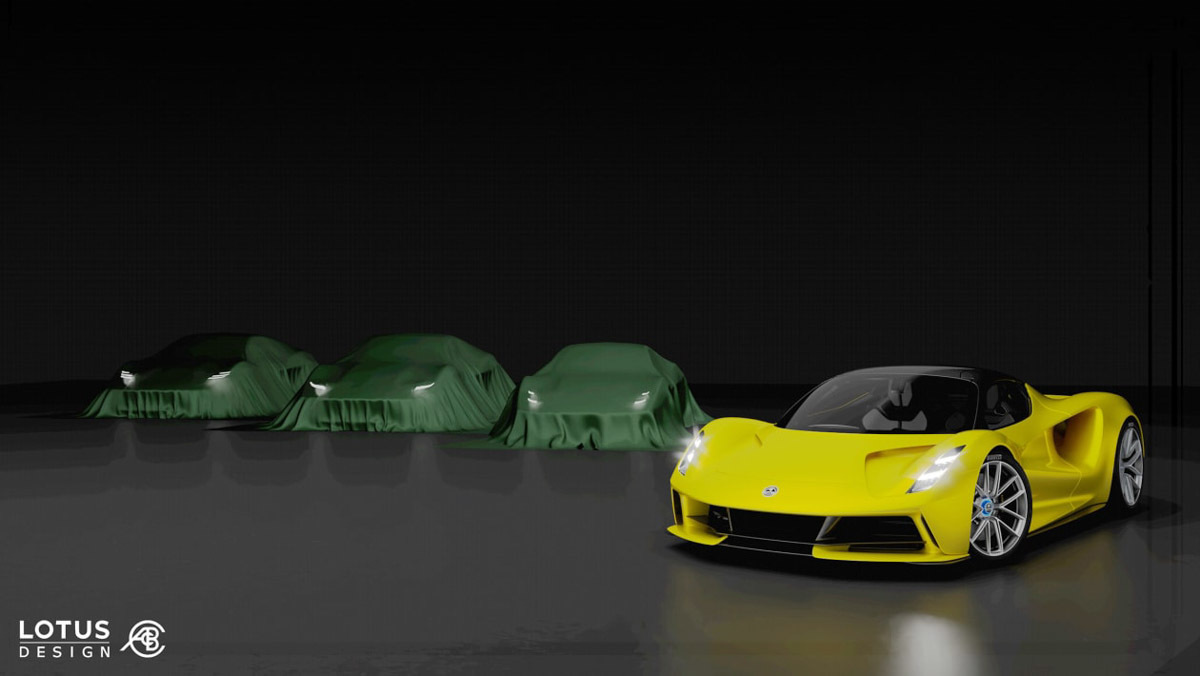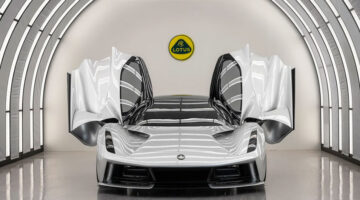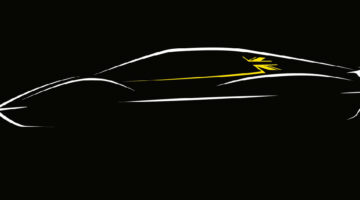All-new sports car to rival the iconic Porsche 911 and set the blueprint for Lotus’s future models
Lotus has confirmed that its first all-new sports car in over a decade will commence production this year in its renovated Norfolk base. The new model, currently tagged Type 131, is due to be revealed this summer, signifying the beginning of Lotus’s new era as part of the Geely group. This news comes hot on the heels of Lotus’s confirmation it will also partner with Alpine in the development of a new all-electric sports car.
The Type 131, meanwhile, has been described as ‘the most accomplished Lotus we have ever built’ according to Lotus CEO Phil Popham. When it is shown off in final production form, it will be given a new name (starting with an E but not followed by the letters S, P, R, I and T). It will sit on an aluminium platform and be powered by a new family of engines – not Lotus developed, but not related to the current Toyota units either – that will be available in more than one state of tune.
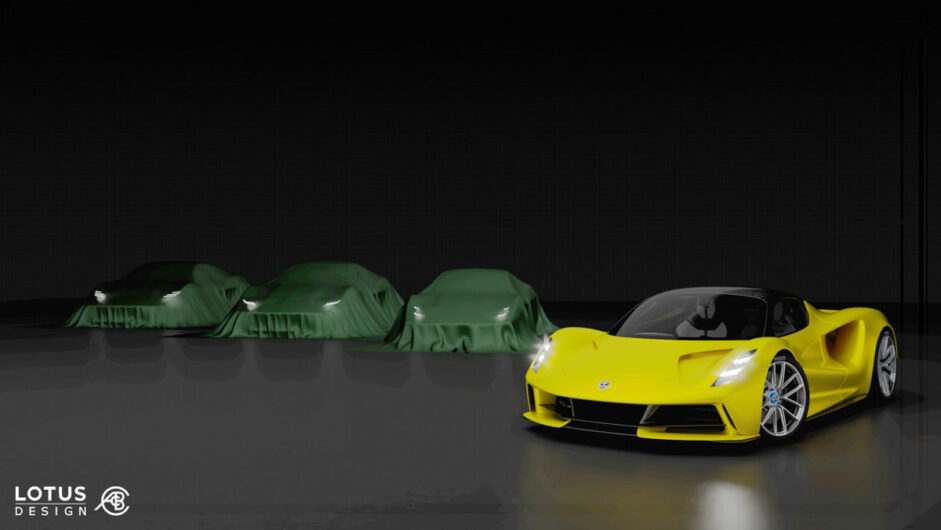
Lotus is remaining tight-lipped on the specifics of the car, but we did manage to extract a number of details from those involved in the project. In terms of where the 131 sits, expect it to be towards the upper echelons of the current line-up, with a price tag that spans the existing top models – the current Exige and Evora ranges start from $81,000 and $112,000 respectively, and climb to $141,000 for an Exige Cup 430 – with a number of body style and trim derivatives to be offered. While it won’t cost McLaren money, our understanding is that Lotus’s new car will have a pricing structure similar to Porsche’s 911 (a Carrera starts at $112,000).
In terms of those body styles, a coupe is a given, with a roadster also set to be offered, although whether this will feature a lift-out targa-style panel as utilised by current Lotus roadsters or a more conventional folding roof, we’ll have to wait and see.
The Type 131’s exterior design is best described as a ‘baby Evija’, with some familiar Lotus overtones from the current line-up. This new car is required to have a broader appeal, though, as Lotus seeks to grow the variety of its customer base, so expect a more elegant design from Russell Carr and his team. Likewise the interior, which while retaining the Lotus DNA of putting the driver first, will have a design, ergonomics and materials more closely aligned with the style and innovation of the aforementioned electric hypercar than today’s more pared-back models.
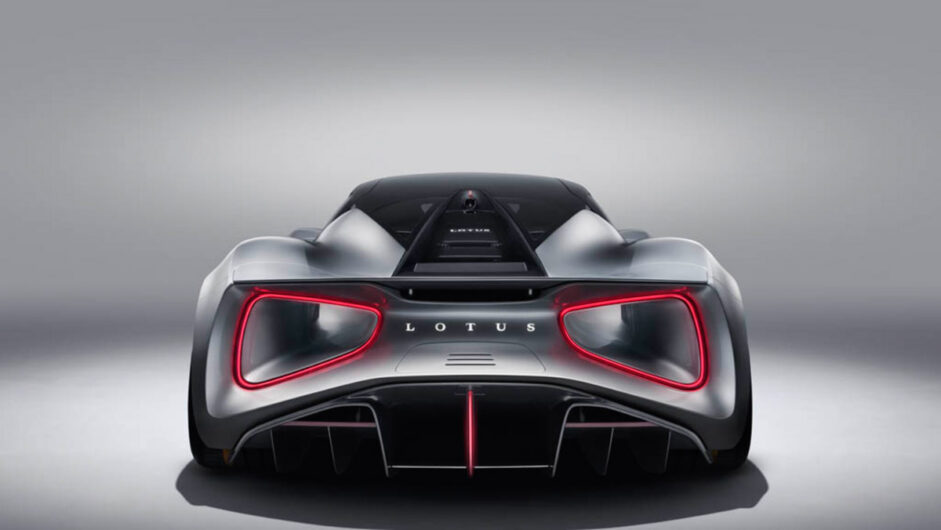
When it comes to what kind of Lotus the Type 131 is, it will straddle the end of the current Lotus era and the beginning of the next, led by the Evija. With the Type 131 set to complete a full production cycle, the final models are scheduled to be available up to 2030, legislation permitting.
Not knowing what the legislators will blurt out next could mean the Type 131 is the last internal combustion engined Lotus. Or not. With both full EVs and hybrids also on the Lotus product plan, Popham is preparing for every eventuality, a security that has only been possible since Geely took control of the company in 2017.
Under Phil Popham’s leadership and with Geely’s backing, Lotus has steered a steady path through the Covid storm. Continued investment from its Chinese owners has allowed the firm to quietly go about its business, with any visit to Hethel providing a physical reminder of the work being carried out. The Evija assembly hall was handed over to those responsible for fitting it out at the beginning of the year, a new production hall for the Type 131 is nearing completion, and the existing halls are also in the process of being thoroughly overhauled.
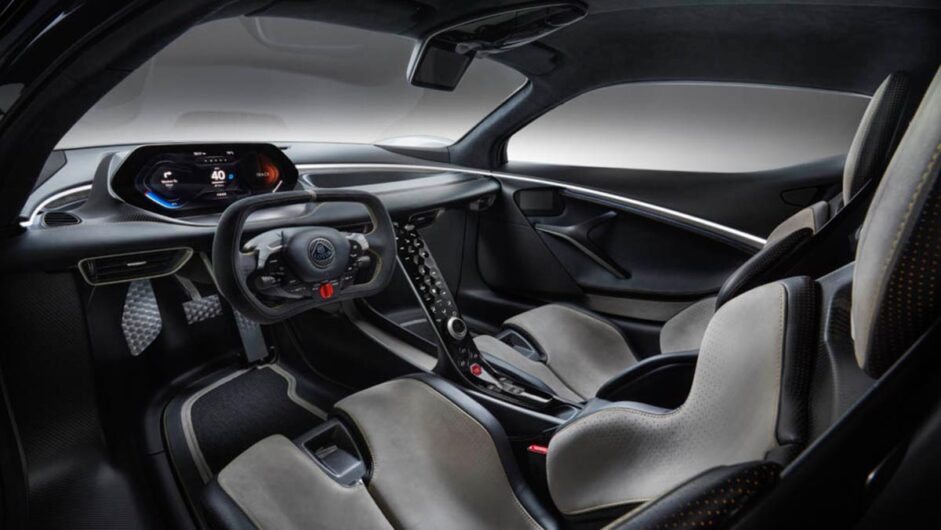
Away from the Hethel site there is a new technology centre at the University of Warwick, which joins a new sub-assembly facility in Norwich. These alone will add 250 people to the Lotus payroll, with another 250 new employees required for Type 131 production in 2021, lifting Lotus’s headcount to 2000.
In terms of Type 131 production numbers, Hethel’s capacity is in the region of 8000 units per year (a number it hasn’t reached since the days of the VX220, Elise and Exige being simultaneously produced), and while the new car won’t account for all that capacity, Lotus is confident it will be responsible for the lion’s share, with the Elise, Exige and Evora adding to it as they are replaced over the coming years. And while Geely is willing to invest in Popham and his team’s strategy, each model has to pay for itself and make a contribution to the bottom line. For the first time in decades the Type 131 could be the Lotus to do just that.
This article originally appeared at evo.co.uk
Copyright © evo UK, Dennis Publishing

